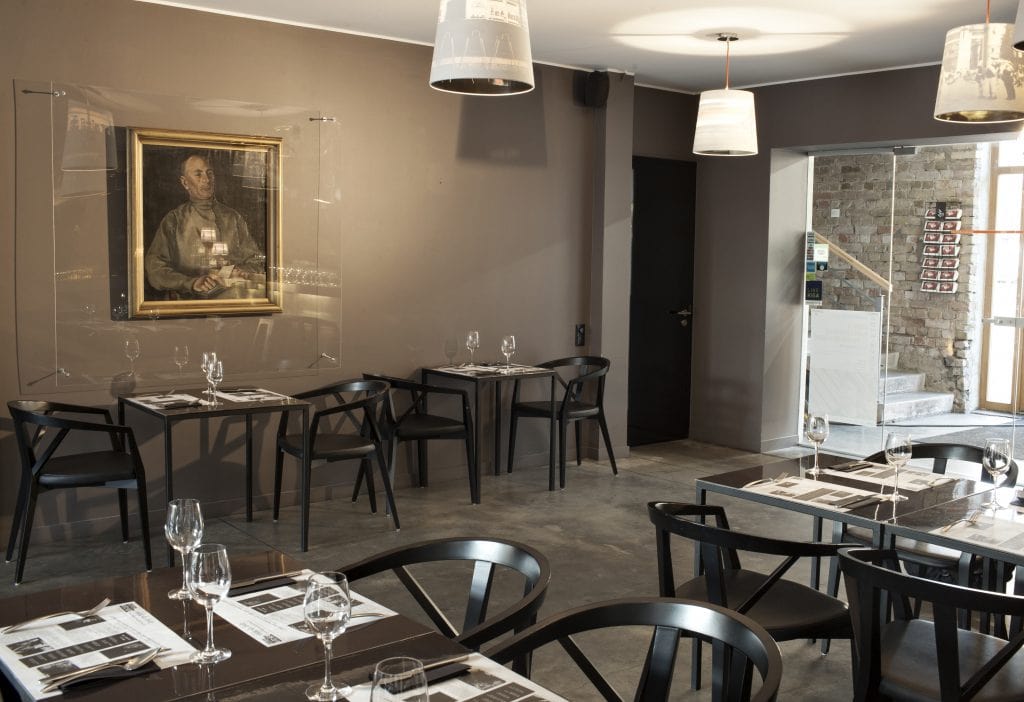The Case in the Cafe was a series of events initiated by Kim? Contemporary Art Centre in order to investigate the connection of abstract ideas by penetrating some specific spots (authors, works, events) of art in 20th and 21st century Latvia and beyond, which in the framework of this investigation process and still being left without the presence of the “big” theories works for a further construction of informative perception.
Writers, Artists, Riflemen..
Within The Case in the Cafe series: „Portrait of Jānis Akuraters” by Konrāds Ubāns (1917).
„Dear Mare and Laima! I’ll be brief. I’ve been admitted to Riflemen regiments, listed in the staff of 2nd Latvian brigade” – from the letter to his wife Maija Anna and six-year-old daughter Laima, 16th of November, 1916.
Simultaneously with Jānis Akuraters the same riflemen regiment was voluntarily joined also by poets Kārlis Skalbe and Evarts Virza as well as artists Voldemārs Tone, Konrāds Ubāns and Kārlis Johansons.
Therefore it is very likely that the portraits of Jānis Akuraters from 1917 are the result of one or several get-togethers, where both Voldemārs Tone and Konrāds Ubāns took the opportunity to paint the writer in his riflemen uniform. Quoting the art historian Eduards Kļaviņš, these portraits „display all main characteristics of portraits by young latvian artists of that time: quite intense depiction, putting more or less emphasis on the physical structure of a model, reduction of setting to the minimum, painting volume with primarily neutral black and gray tones and chiaroscuro combined with indefinite, abstract modelling of form.”
In the current episode of The Case in the Cafe featuring Konrāds Ubāns’ painting „Portrait of Jānis Akuraters” we encounter also „here and there geometrically cut planes, that imbue the writer’s figure with harshness. The black background and ocherish purple red skin tones enriched with pale gray green plane of uniform speak of K. Ubāns keen sense of color harmony.” Quoted from Kļaviņš, E. Latviešu portretu glezniecība 1850–1916. Rīga: Zinātne, 1996. 205.-206. lpp.
Thanks to: Edgars Jurjāns, Maira Valtere
